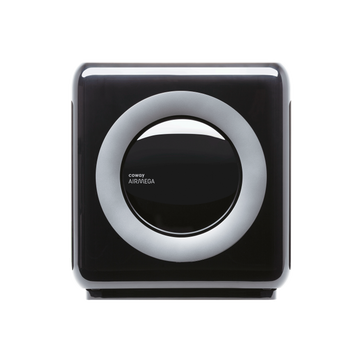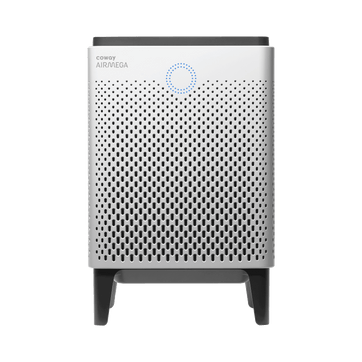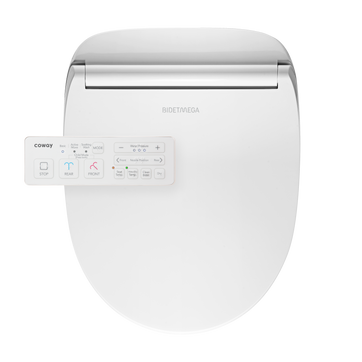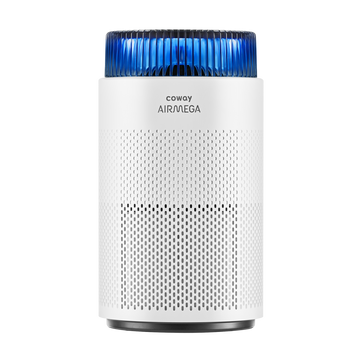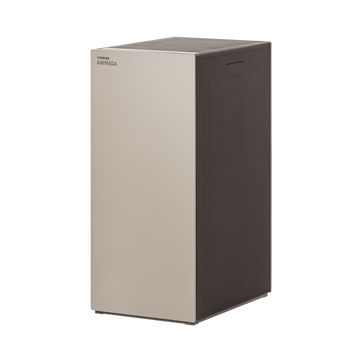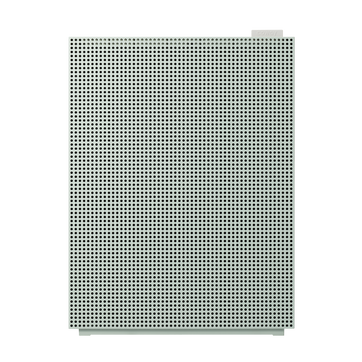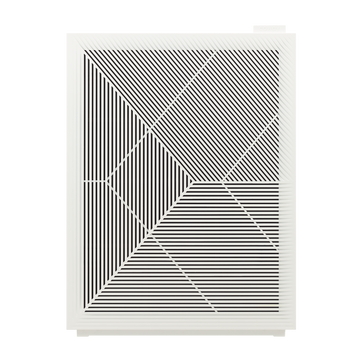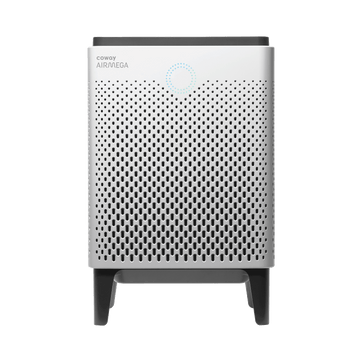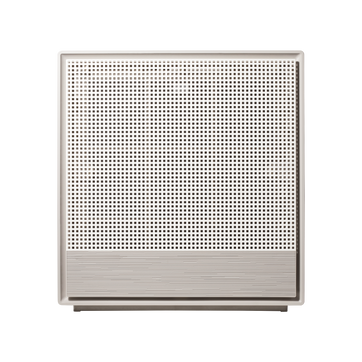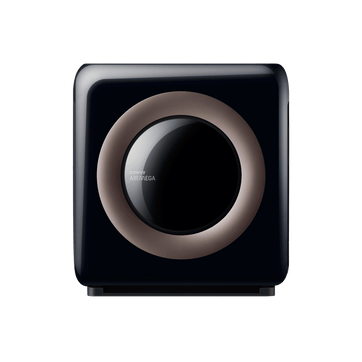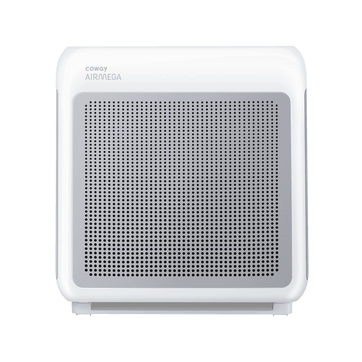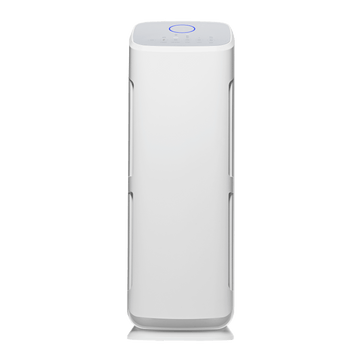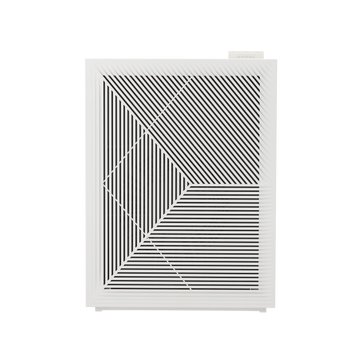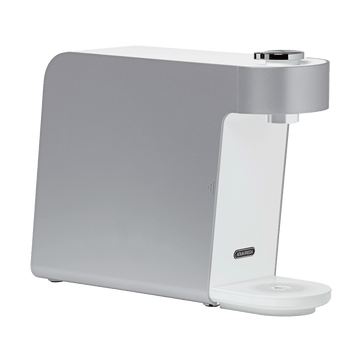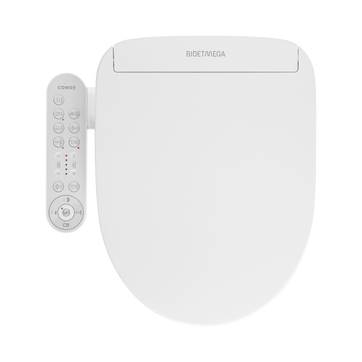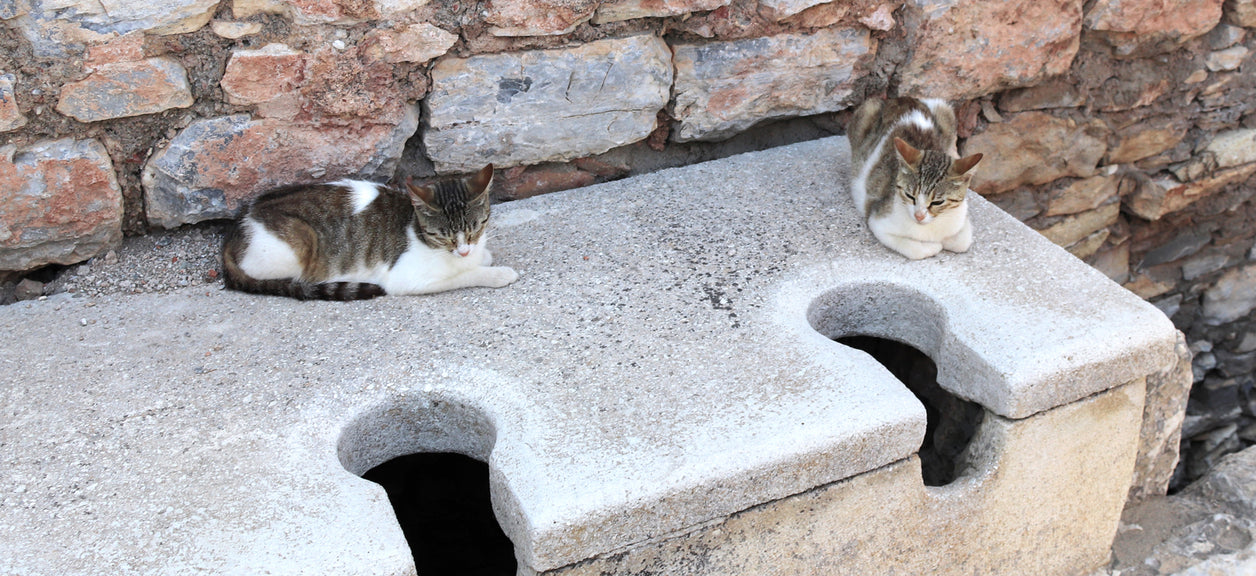
A Brief History of Toilets: Waste Disposal Through the Ages
By some measure, toilets are a fairly recent innovation. Humans and their ancestors have been eliminating waste for millions of years, after all, and the first toilets only appeared around five thousand years ago.
Still, that makes the toilet nearly as old as human civilization itself. As early humans began living together in larger and larger groups, an organized system for waste disposal quickly became a necessity. The original and most important purpose of a toilet was the promotion of hygiene, and that’s as true today as it was in 2800 BC.
The first toilets
The earliest known toilets were found in the Indus Valley Civilization in northwestern India and Pakistan, dating to around 2800 BC. The indoor toilet was still a few thousand years away, so these were built into the outside of homes and had vertical chutes that emptied into cesspits or street drains. These toilets served the simple but valuable purpose of carrying waste away from homes.
Roman public toilets
Ancient Rome employed flowing water toilets as part of some public bath houses. Roman public toilets were often elevated to chair height and are thought to have been used in a sitting position. While Roman toilets did keep waste out of the streets, their hygiene left something to be desired. Historians believe that the Romans likely wiped themselves with a sponge or stick, which, like the toilet itself, was shared by everyone. Yikes.
Han China pig toilets
Starting around 200 BC, during China’s Han Dynasty, rural areas often employed pig toilets. As the name implies, a pig toilet involves an outhouse that is placed over a pigsty, into which it deposits its waste. The pigs would then eat the waste in addition to their other food. Pig toilets were an efficient waste disposal system for areas without plumbing infrastructure, but one imagines the pigs would have preferred just about any other solution.
Garderobes
“Garderobe” was the common name for a toilet room in a medieval European castle. Originally meaning simply “small room,” the word eventually became a euphemism for the toilet because our ancestors were just as uncomfortable talking about their bathroom habits as we are. Garderobes were constructed to stick out over the edge of a castle structure and deposit their waste directly into the castle moat or an adjacent river. Great for castle hygiene, perhaps, but not so much for the town downstream.
Chamber pots
The chamber pot, common in post-medieval Europe, in some ways feels like a step backward in terms of toilet technology. It was, quite simply, a pot. That’s it. As the name implies, it was kept in a personal chamber or bedroom and used to eliminate waste. Once it was full (or, hopefully, before) it would be carried to a central latrine and emptied. The chamber pot reflected a growing need in toilet evolution: convenience. Keeping a pot in your chamber meant not having walk over cold castle floors (or worse, outdoors) in the middle of the night.
Water closets
Around 1850 in Europe, we see the development of what would eventually become the modern bathroom: the indoor water closet. It came about as a result of two major developments: running water and middle-class homes with enough space for a room devoted entirely to waste elimination. The water closet used a plumbing innovation called the “S-trap” to create a one-way waste elimination system, preventing foul odors from sewers from traveling up the pipes into a home.
The flush toilet
The vortex-flushing toilet bowl, still the global standard, was invented in 1907 by the Canadian Thomas MacAvity Stewart. The 20th century saw the rapid adoption of flush toilets in homes throughout the world. While global toilet styles differ, they all share the goal of being a hygienic, convenient waste elimination system.
The bidet and hygiene
Believe it or not, even after five thousand years, toilets still have room for growth. The bidet, a fixture which uses water to cleanse you after using a toilet, has been in common use in parts of Europe and Japan for decades, but is only recently catching on in the United States. Today, with innovations like the Coway Bidetmega, you can easily replace your existing toilet seat with a fully functional smart bidet. A bidet seat can make your toilet more hygienic — “water is the best and healthiest way to clean just about everything” — and more convenient, with features like remote control operation and a heated seat.
Disclaimers
1Coway air purifiers have been proven to trap dust, pollen, dander, viruses and bacteria in the air based on KCL (Korea Conformity Laboratories) testing.They have been tested in a 30㎥ size chamber according to the Korea Air Cleaning Association standard (SPS-KACA 002-132:2022 Modified) to measure the 0.01㎛ size of particle removal rate. It was tested on maximum airflow speed in normal room temperature and humidity conditions. The performance may vary in the actual living environment of customers.
→ Tested with Airmega Aim, 100, 150, 160, AP-1216L, AP-1512HH, AP-1512HHS, 200M, Icon, IconS, 230, 240, 250, 250 Art, 250S, 300, 300S, 400, 400S, ProX
299.97% of viruses, bacteria, fungi and pollen were verified to be removed from the air for Coway air purifiers which have Green True HEPA™ filter applied based on the Japan Food Research Laboratories(JFRL) testing according to JEM 1467 standard.
→ Tested with Coway Airmega AP-1512HH, AP-1512HHS, 250, 250 Art, 250S, 300, 300S, 400, 400S
→ All tested by JFRL and received above result within below time.
All tested by JFRL and received above result within below time.
- Virus: Tested with Escherichia coli phage ΦX174 NBRC 103405, 60 minutes
- Bacteria: Tested with Staphylococcus epidermidis NBRC 12993, 60 minutes
- Fungi/Mold: Tested with Penicillium citrinum NBRC 6352, 60 minutes
- Pollen: Tested with Cedar Pollen extract, 60 minutes
3Aerosol test conducted in a Biosafety level 3 laboratory with two Coway air purifier models, Coway Airmega 250 and 400 for removal of SARS-CoV-2 Aerosol by US based MRI Global, a not-for-profit laboratory and partner of US Department of Defense. The test was conducted in a 13.1ft3 chamber. Virus was aerosolized for 15 minutes and the product was turned on high for 2 minutes. Result showed each product effectively removed over 99.98% of the SARS-CoV-2 in 2 minutes. This is a result from a laboratory experiment condition and result may vary in different conditions. This result does not imply it kills SARS-CoV-2 or prevents the transmission of Covid-19. Coway Airmega 250S and 400S are identical to the tested models and has equal performance with an additional mobile connectivity function.
4The concentration of ammonia, acetaldehyde and acetic acid were proven to be removed within 30 minutes by FCG Research Institute, Inc. Human Life Science Lab. It is not a demonstration result in the actual use space. Not all odors and gases may be supported. → Tested with Coway Airmega 150, 160, AP-1512HH, AP-1512HHS, 400, 400S
5The coverage area of the air purifier is based on an area where the air cleaner can make two air changes per hour (ACPH). An air change per hour translates to how many times an air purifier can clean an area, assuming the height of a ceiling to be 8 ft, in one hour. Therefore ** means two air changes per hour means that the cleaner can clean the area once every 30 minutes and * means air changes per hour means that the air purifier can clean the area once every 60 minutes.
10Terms and conditions apply. Discounts, including promotions, coupons, bundle discount and subscription discount, cannot be stacked on top of other coupons. During promotional periods, discount codes will not be able to be applied to orders. Promo codes may apply to products only—filters, accessories, and new products within 3 months of the release date are not included.
